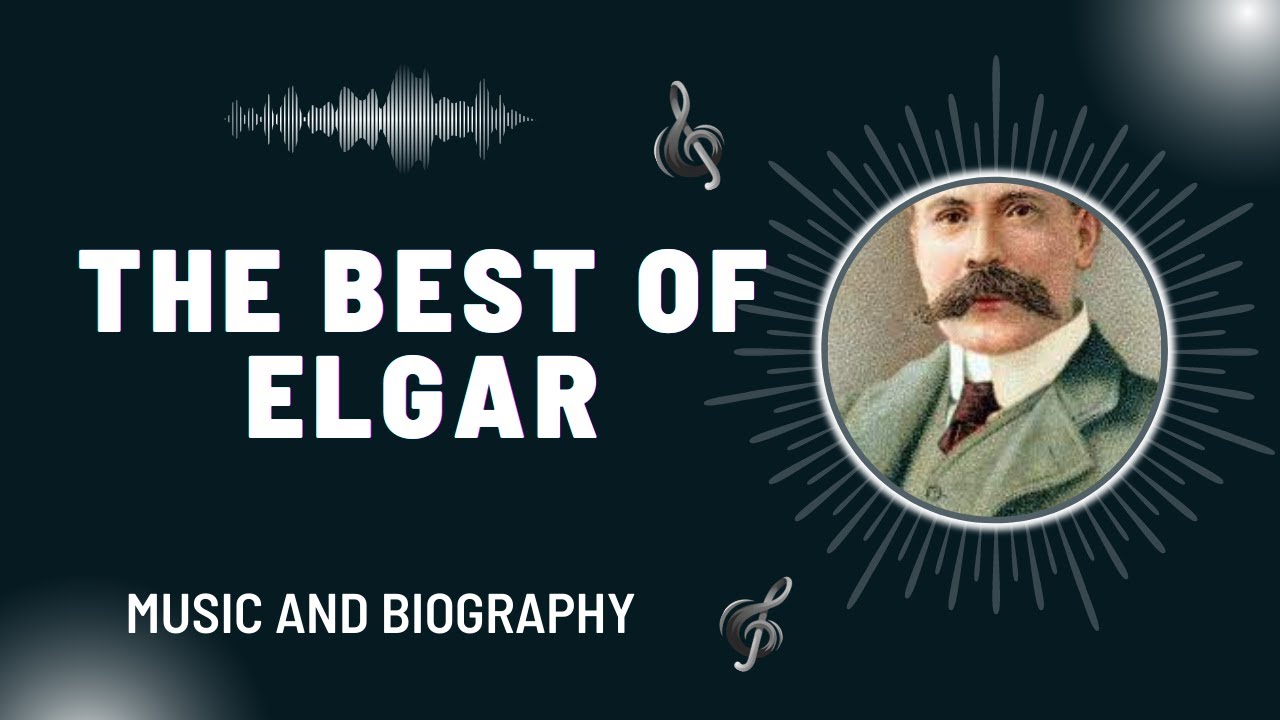
The Best of Paganini
Niccolò (27 October 1782 – 27 May 1840) was an Italian violinist, violist, guitarist, and composer. He was the most celebrated violin virtuoso of his[…]

The Best of Weber
Carl Maria Friedrich Ernst von Weber (18 or 19 November 1786 – 5 June 1826) was a German composer, conductor, pianist, guitarist[3] and critic, and[…]

The Best of Elgar
Sir Edward William Elgar, 1st Baronet OM GCVO (2 June 1857 – 23 February 1934) was an English composer, many of whose works have entered[…]

The Best of Smetana
Bedřich Smetana (2 March 1824 – 12 May 1884) was a Czech composer who pioneered the development of a musical style that became closely identified[…]

The Best of Holst
Gustav Theodore Holst (born Gustavus Theodore von Holst; 21 September 1874 – 25 May 1934) was an English composer, arranger and teacher. Best known for[…]

The Best of Liszt
Franz Liszt (22 October 1811 – 31 July 1886) was a Hungarian composer, virtuoso pianist, conductor, music teacher, arranger and organist of the Romantic era.[…]

The Best of Villa-Lobos
Heitor Villa-Lobos (March 5, 1887 – November 17, 1959) was a Brazilian composer, conductor, cellist, pianist, and guitarist described as “the single most significant creative[…]

The Best of Schumann
Robert Schumann (8 June 1810 – 29 July 1856) was a German composer, pianist, and influential music critic. He is widely regarded as one of[…]

The Best of Brahms
Johannes Brahms (7 May 1833 – 3 April 1897) was a German composer, pianist, and conductor of the Romantic period. Born in Hamburg into a[…]

The Best of Puccini
Giacomo Antonio Domenico Michele Secondo Maria Puccini (22 December 1858 – 29 November 1924) was an Italian opera composer who has been called “the greatest[…]